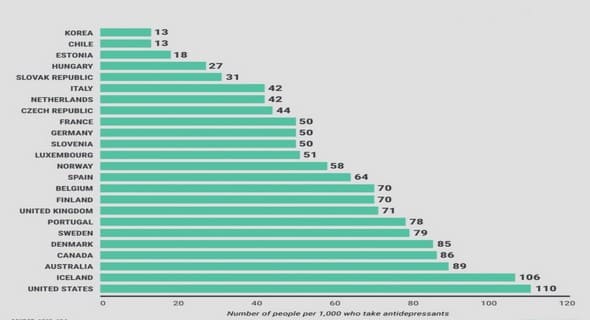(Downloads - 0)
For more info about our services contact : help@bestpfe.com
Table of contents
General Introduction
Chapter I General context and state-of-the-art on the EHC technology
I.1. From climate change to fuel cells
I.1.1. Global warming and pollution
I.1.2. Towards a new energetic mix
I.1.3. Hydrogen in industry and as an energy vector
I.1.4. Fuel Cells
I.1.5. Hydrogen Production
I.2. Compression and Purification of Hydrogen
I.2.1. Main compression/purification technologies of today
I.2.2. Hydrogen electrochemical compressor (EHC)
I.2.3. Effect of impurities on common PEMFC anode catalysts
I.3. Countering strategies for impurities presence
I.3.1. Recovery techniques
I.3.2. Tolerant materials
I.3.3. HOR electrocatalysts materials and relevant kinetics study
I.4. Conclusion and Thesis objectives
Chapter II Experimental Procedures
II.1. Cleaning protocol
II.2. Synthesis of electrocatalysts
II.2.1. Polyol synthesis
II.3. Physical and chemical characterizations.
II.3.1. Electronic Microscopy
II.3.2. STEM
II.3.3. Environmental transmission electron microscopy (ETEM)
II.3.4. X-ray diffraction
II.3.5. X-ray photoelectron spectroscopy
II.3.6. Thermogravimetric analysis
II.3.7. AAS and ICPMS elemental analysis
II.4. Electrochemical characterizations
II.4.1. Electrochemical setup
II.4.2. Basic Electrochemical protocol
II.4.3. Differential electrochemical mass spectrometry
II.4.4. Gas diffusion electrode
II.5. Conclusion
Chapter III Un-alloyed PtRu and their CO tolerance/oxidation properties
III.1. PtRu alloy: A little state of the art
III.1.1. Advantages
III.1.2. Drawbacks
III.1.3. Interest to keep Pt and Ru in contact, while in distinct phases
III.2. Synthesis of the electrocatalysts
III.2.1. Adaptation of the polyol process to Ru nanoparticles
III.2.2. Electrocatalysts studied in this chapter
III.3. Physical and chemical characterizations
III.3.1. Metal content in electrocatalyst powder
III.3.2. Structural properties
III.3.3. Microscopy imaging
III.3.4. Summary of the physicochemical analyses
III.4. Electrochemical characterizations
III.4.1. Electrochemical signature
III.4.2. CO oxidation behaviour
III.4.3. HER/HOR activity
III.4.4. Discussion
III.4.5. Conclusion
Chapter IV Tungsten-oxide supported Pt electrocatalysts
IV.1. Why tungsten-oxide supported Pt electrocatalysts?
IV.2. Synthesis process for Pt/WO3 electrocatalysts
IV.2.1. Adaptation of the polyol process
IV.2.2. Electrocatalysts studied in this chapter
IV.3. Physical and chemical characterizations
IV.3.1. Metal content in electrocatalyst powder
IV.3.2. Structural and surface properties
IV.3.3. Microscopy analysis
IV.3.4. Discussion on physico-chemical characterizations
IV.4. Electrochemical characterizations
IV.4.1. Ink stability
IV.4.2. Electrochemical signature
IV.4.3. CO oxidation behaviour
IV.4.4. Activity for the hydrogen reactions
IV.4.5. Discussion
IV.5. Conclusion on tungsten-supported electrocatalysts
Chapter V Hydrogen oxidation in pure/impure environment
V.1. Basic experiments in GDE
V.1.1. Electrochemical signature of Pt/C
V.1.2. CO-stripping and influence of parameters for Pt/C
V.2. Electrocatalyst behaviour in pure H2
V.2.1. HOR in mass-transport-free setup
V.2.2. Exchange current density
V.2.3. Chronoamperometry in pure hydrogen
V.3. Electrocatalyst behaviour in polluted H2
V.3.1. H2 + 10 ppm CO
V.3.2. H2 + 50 ppm CO
V.4. Conclusion
General Conclusion
References
Annexes




